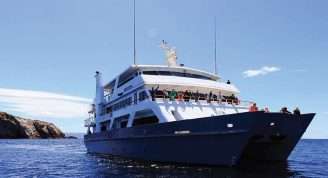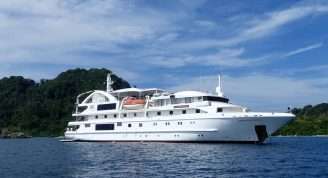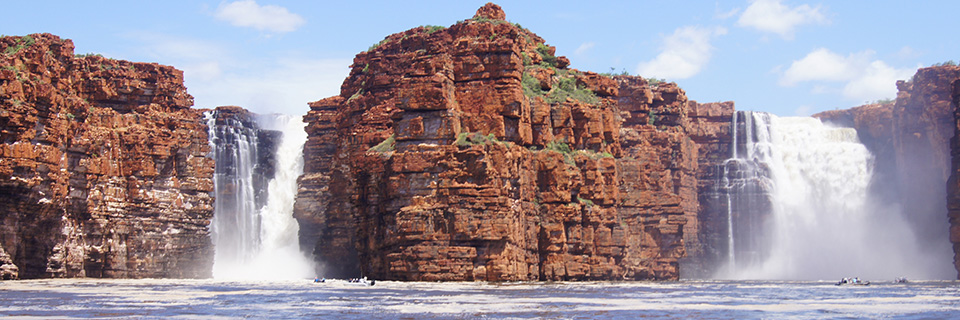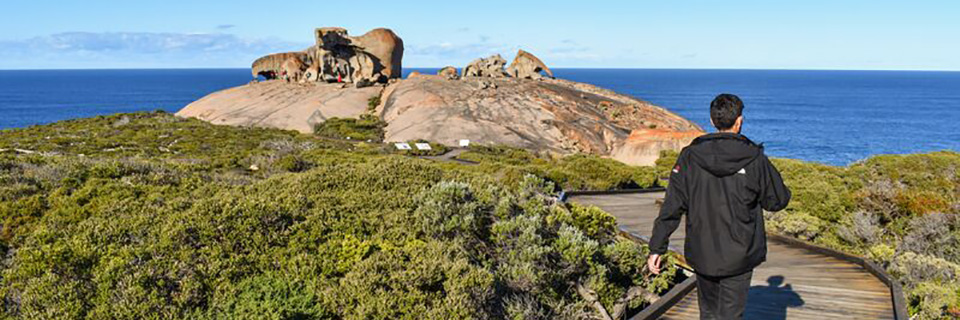Description
Welcome to Aurora Expeditions’ Ross Sea Odyssey expedition.
Experience one of the most remote, historic sectors of the deep South in comfort on this exploratory expedition aboard the luxurious Greg Mortimer. Your journey begins in the subantarctic, where yellow-eyed penguins waddle through wizened rātā forests and royal albatross nest amid megaherb moors. Cross the Antarctic Circle and cruise the pack, keeping watch for emperor and Adélie penguins porpoising along the ice edge, orcas patrolling for prey, and snow petrels soaring against a backdrop of the vast Antarctic Ice Sheet.
Embrace the spirit of adventure as you continue along the Victoria Land Coast and into the Ross Sea, where the Antarctic Ice Sheet flows into the world’s largest floating ice shelf. These are historic waters, where the explorers of the Heroic Age staged their bold assaults on the South Geographic Pole. Hear the stories of their expeditions and attempt to land at some of their remarkably well-preserved huts.









